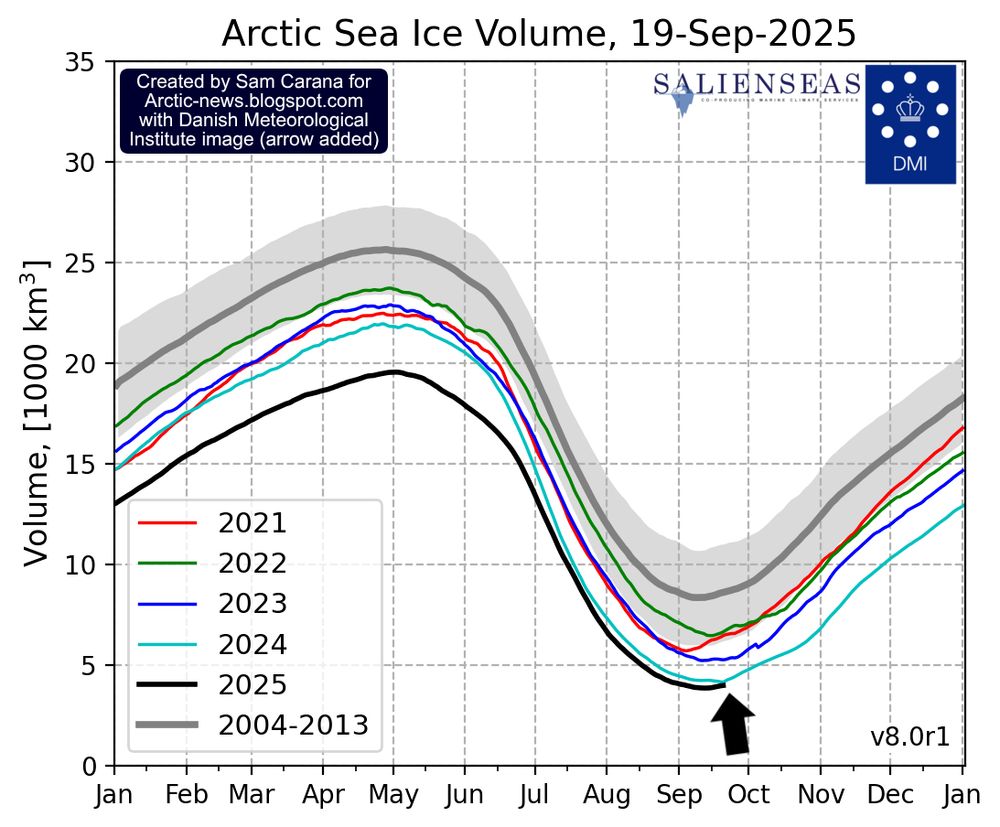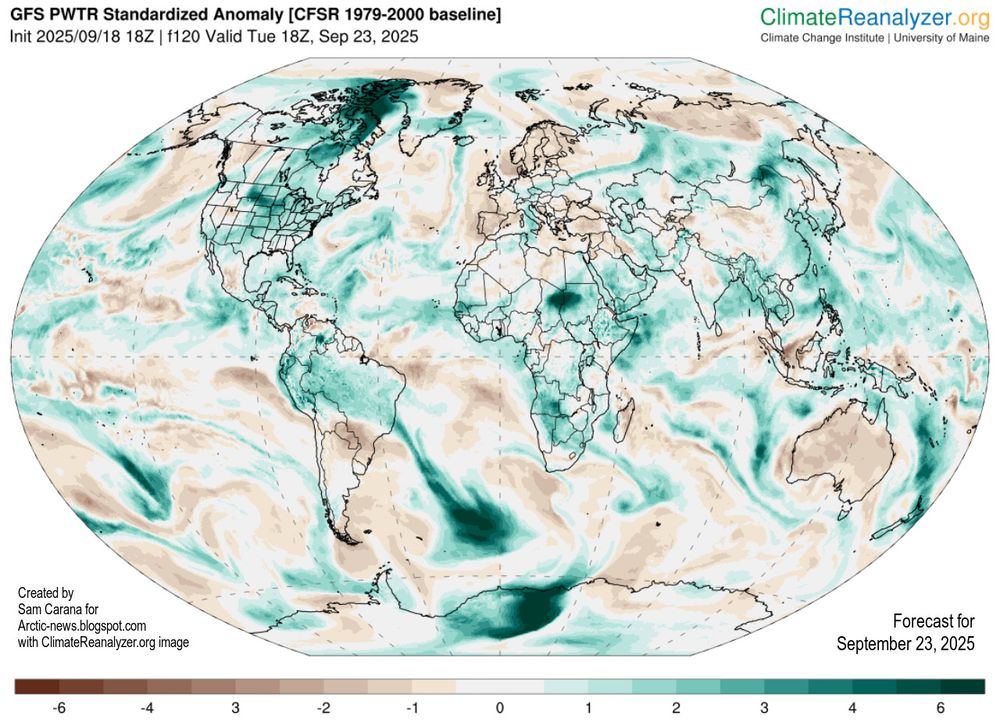Sam Carana
@samcarana.bsky.social
870 followers
1.7K following
560 posts
• Visionary, policy developer and author of the Climate Plan
• Researcher and writer on climate change and how to improve the situation
• Admin of facebook groups, incl. Biochar, ArcticNews and Climate Alert
• Blog editor, incl. Arctic-news.blogspot.com
Posts
Media
Videos
Starter Packs
Pinned























